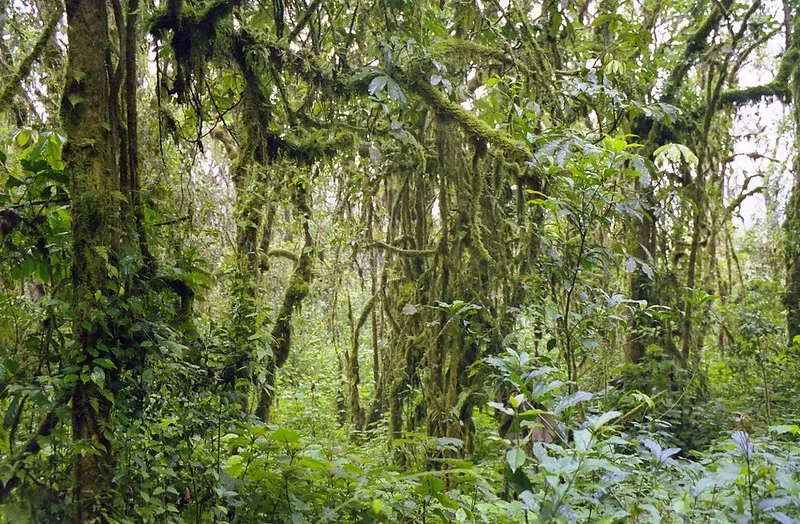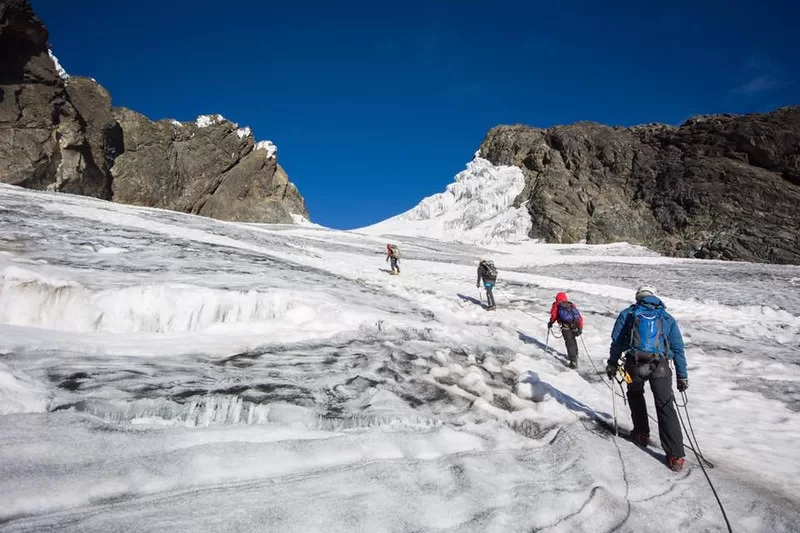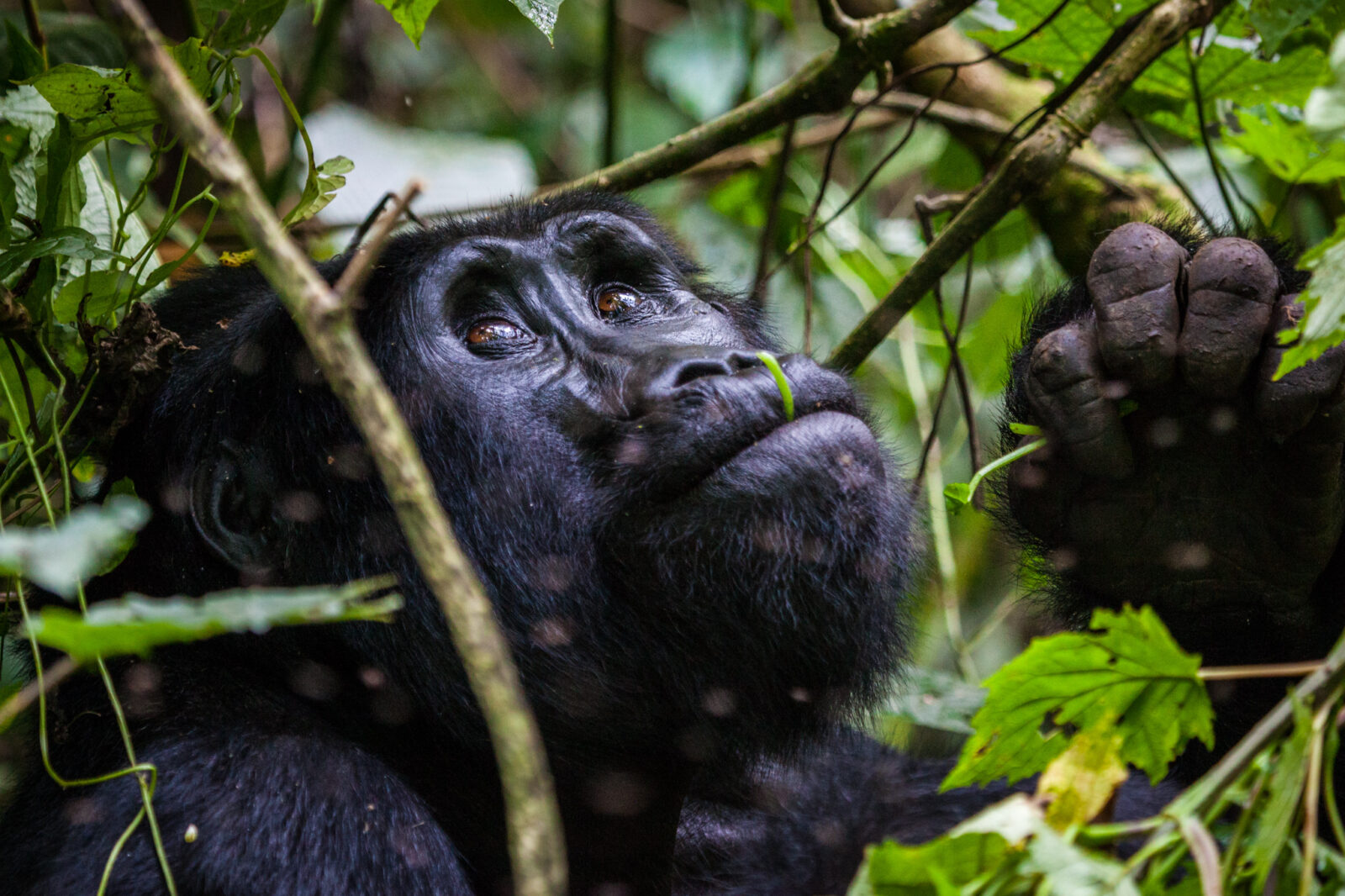They were little value in the forest.
Walking over their postage stamp fields past smoke-filled, little homes was simple, and it helped one to grasp the opinions of local builders. They badly needed additional property to support their expanding family, and they had little value in the forest or its inhabitants. They just assumed that gorillas might be preserved someplace outside of the forest maybe in a zoo; they had nothing against them, neither as deadly predators nor as major pests.
Large-scale development initiatives in the past had paid to clear the forest and provide ground for additional people. Now that northerners controlled Rwandan politics, why not ask some foreign donors to cover another round of park land conversion? Local politicians made sense of it. It evidently made sense for the European development fund supporting another comparable project in early 1979.
Conservation speaks to various individuals in different ways.For some it is seeking a religion that draws a passionate mix of fanatics, missionaries, and actual believers. For others it is a more secular view of reality based on human effort to support the inherent worth of wilderness and animals. Many see in the word a command to utilize but not squander, priceless natural resources.
Conservationists lay out an equally wide variety of linked rights and obligations as they define conservation in ways that span the full spectrum from rigid preservation to sustainable usage. For individuals that desire their definitions and labels obvious for others, this might be perplexing as the adaptability of its application represents the potency of the notion.

An applied science, conservation is also a science that aims to comprehend and address issues reducing biological variety and destroying natural ecosystems. Although the area is firmly anchored in the biological sciences as we approach the twenty-first century, its breadth is more multidisciplinary.
The effectiveness of conservation science ultimately rests on the capacity of its practitioners to go beyond the gathering, integration and analysis of information to the identification and pursuit of specific action actions to go from issue analysis to conflict resolution.
Nothing like the modern subject of conservation biology existed in the 1970s; nothing approaching an integrated conservation science. Rather than more practical concerns in wild life ecology, most field research concentrated on animal behavior.
While some researchers in Africa studied in the more challenging rain forest habitats to the West, most focused on the savanna ecosystems of the East. Almost none of those who worked in conservation looked at human elements. We were on our own trying to adopt an interdisciplinary approach to research one that looked at both [people and animals and then utilize our conclusions to build a plan of action in the woods of Rwanda.
Our first eighteen months had seen us flip over many fresh pieces in the gorilla conservation jigsaw and expose a much clearer picture. Inside the park, the circumstances were mixed. With only 260 total mountain gorilla numbers, the group was very susceptible to extinction—especially given the severe poaching pressure we had personally seen.
The present male breeding pool consisted only of thirty silverbacks, and trophy hunters mostly targeted these alpha males. Positively, the 1960s’ sharp population drop had stopped and the proportion of juvenile gorillas was the greatest it had been since Schaller’s first research.
Even with over one-third of all Virunga parkland lost since 1958 gone, the forest ecosystem maintained an amazing ability to support the gorilla population.Though the gorillas would have to live on less acreage and at higher heights, food resources looked enough to sustain a much greater population. While this mixed picture offered us some optimism, the scene beyond the park was even more alarming.
More than 100,000 farmers resided five kilometers from the Parc des Volcans. Millions more people behind them make their livelihood on smaller areas of exhausted land. For ordinary Rwandans who only saw possible agricultural land beneath the green cover of forest towering above them, the park and its gorillas had no significance.
Senior ORTPN staff members of the strong ministry of agriculture were under constant pressure to defend the worth of a park earning less than $7,000 in total entrance fees in 1978.Ignored, these factors would simply inspire further conversion and poaching. Our obsession was to flip this equation, so strongly weighted toward extinction.


